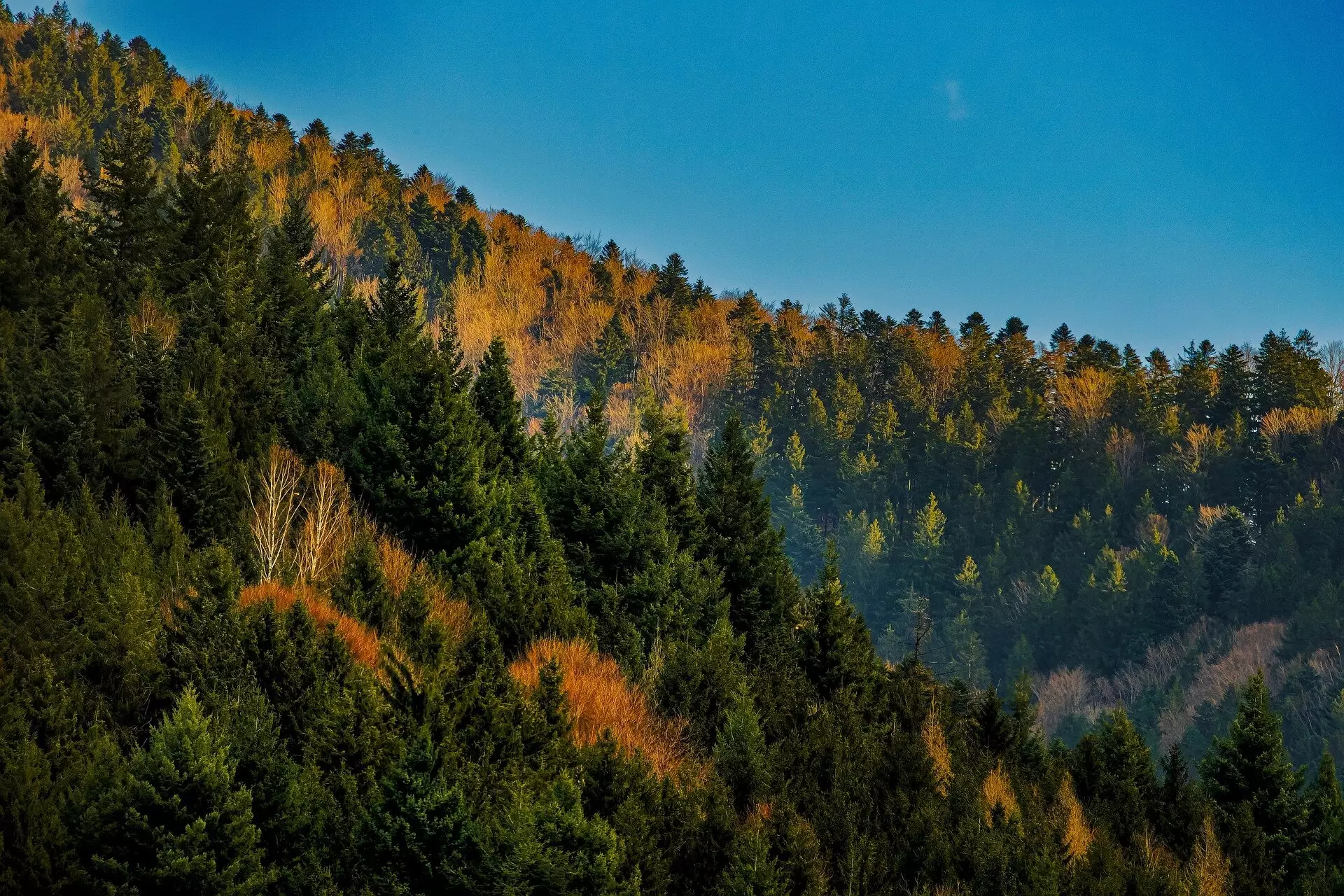For millions of years, the Earth’s surface temperature has remained relatively stable, thanks to a natural ‘thermostat’ that regulates the concentration of atmospheric carbon dioxide. This balance is crucial for sustaining life on our planet, as fluctuations in temperature can have significant impacts on our environment.
One of the key components of this thermostat is the process of weathering, where rocks break down due to exposure to water and wind. When silicate minerals weather, carbon is removed from the atmosphere and eventually precipitated as calcium carbonate. On the other hand, weathering of other minerals, such as carbonates and sulfides, releases CO2 back into the atmosphere. This delicate balance between carbon removal and release plays a critical role in regulating global temperatures.
A recent study led by geologist Aaron Bufe and Niels Hovius has shed light on how erosion rates influence the carbon cycle. Contrary to conventional wisdom, the researchers found that CO2 capture through weathering reactions is highest in low-relief mountain ranges with moderate erosion rates, rather than in regions with fast erosion rates. This unexpected result challenges our current understanding of the relationship between erosion and carbon sequestration.
The researchers used a weathering model to analyze the impact of sulfide, carbonate, and silicate weathering in various study regions with different erosion rates. Their findings, published in Science, revealed that CO2 capture peaks at an erosion rate of approximately 0.1 millimeters per year. Beyond this threshold, less CO2 is sequestered, and there is a risk of CO2 being released back into the atmosphere. This non-linear relationship between erosion rates and CO2 fluxes underscores the complexity of the carbon cycle.
To gain a more comprehensive understanding of how erosion impacts Earth’s climate system, the researchers suggest that future studies should also consider organic carbon sinks and weathering in floodplains. By incorporating these additional factors, we can improve our models and predictions of how changes in erosion rates may affect the global carbon cycle and, ultimately, the Earth’s climate.
The study by Bufe and Hovius highlights the intricate relationship between erosion rates and carbon sequestration. Their findings challenge previous assumptions and emphasize the need for more research to fully grasp the complexities of the Earth’s ‘thermostat.’ By gaining a better understanding of how erosion influences the carbon cycle, we can make more informed decisions to mitigate the impacts of climate change.


Leave a Reply